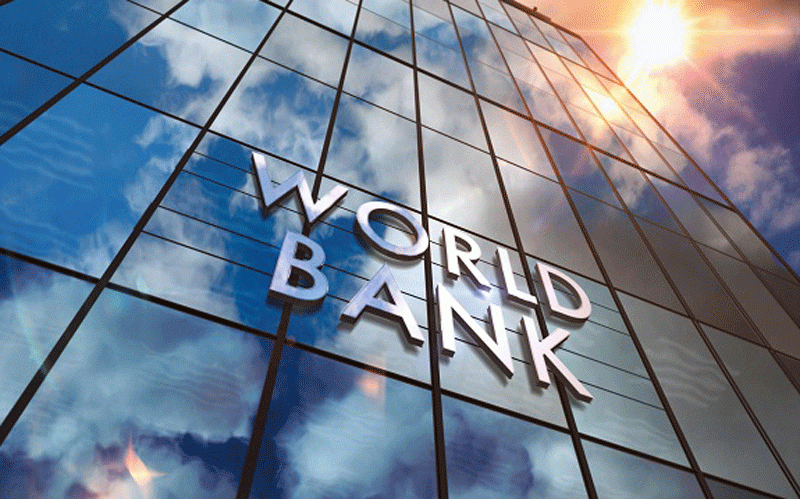
Zimbabwe has a debt problem, which it is struggling to deal with. Over the past few years, the government has developed a debt resolution strategy and started making token payments to creditors in an attempt to re-engage.
However, Treasury’s latest report shows that the situation is getting worse and the debt burden has actually increased, putting the country in a more precarious position.
Zimbabwe’s 2022 public debt bulletin shows that the southern African country’s total public and publicly guaranteed debt stood at US$18 billion as at December 2022. This figure stood at US$14,4 billion at the end of 2021.
The current debt is broken down as US$12,8 billion of foreign debt and US$5,2 billion in domestic debt.
Multilateral lenders like AfDB and the World Bank are owed US$2,7 billion, most of which is in arrears and penalties, after the country failed to service its debt. Zimbabwe owes the World Bank US$1,546 billion, with arrears at US$1,412 billion.
Zimbabwe also owes other countries US$5,89 billion in bilateral debt.
Last year, the government established a structured dialogue platform with foreign creditors to help the country thrash out a viable repayment plan.
The campaign is being championed by African Development Bank (AfDB) president Akinwumi Adesina and former Mozambican head of state Joaquim Chissano.
- Renault hands Russian assets to Moscow
- New perspectives: Building capacity of agricultural players in Zim
- I am not scared: AfDb chief shrugs off Africa food crisis
- News in depth: Mnangagwa’s push for $12 billion mining industry imperils communities
Keep Reading
The AfDB is owed US$692 million, with arrears of US$664 million making up 96% of the debt.
Another institution, the European Investment Bank, is owed US$395 million, with arrears making up 97% of the debt.
Zimbabwe is clearly paying the price for muddled thinking when it comes to dealing with its obligations. It has not received funding from lenders for more than two decades as a result.
This does not include the US$961 million in Special Drawing Rights (SDR) from the IMF in 2021.
A significant bilateral debt is owed to Zimbabwe’s so-called all-weather friend, China, at US$2,03 billion. Reports suggest that Zimbabwe accelerated servicing its debt to the Asian country last year, paying US$18 million to China Eximbank and another US$18 million to Sinosure to unlock more funding for ongoing infrastructure projects, such as the expansion work on units 7 and 8 at the Hwange Power Station and the RGM International Airport terminal.
At a meeting on the debt held in Harare in May, Adesina was unequivocal about the task facing Harare.
“You cannot run up a hill with a bag of sand on your back,” Adesina said, referring to the debt burden.
It is clear what Zimbabwe has to do, which has been highlighted by the IMF several times, that the country had to undertake political and economic reforms.
At the conclusion of its 2022 Article IV consultation with Zimbabwe, the IMF also noted that the country’s implementation of the fund's advice in the past had been mixed, and that policies recommended under a 2019 staff monitored programme had slipped.
Zimbabwe has engaged the IMF again on a new SMP, and this time it needs to follow advice to the latter, and start tackling the monster on its back.










